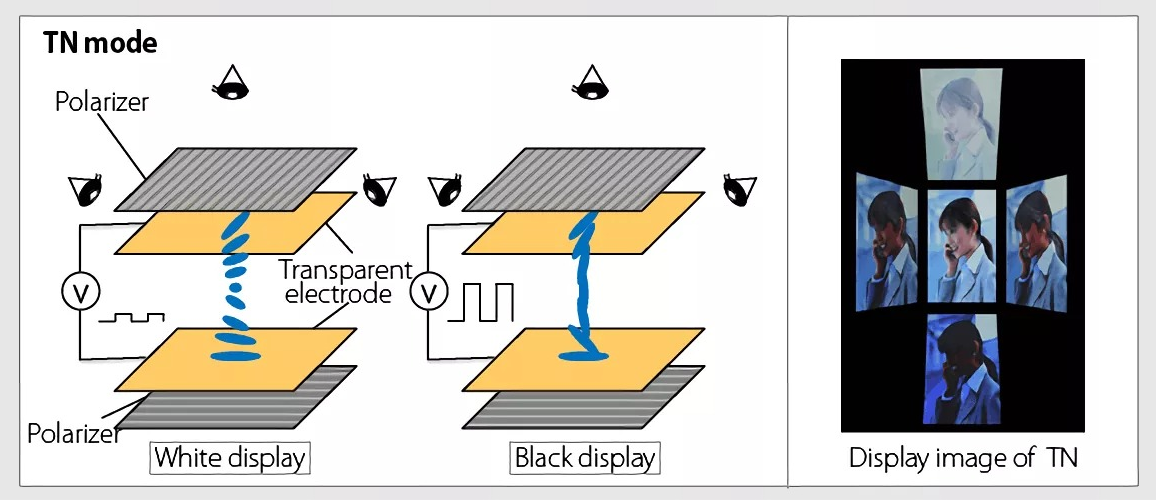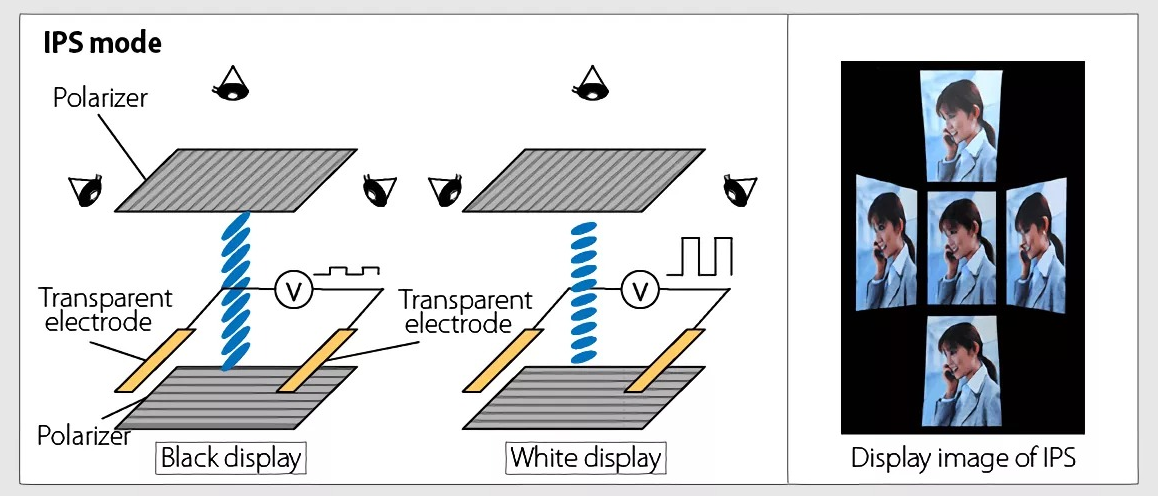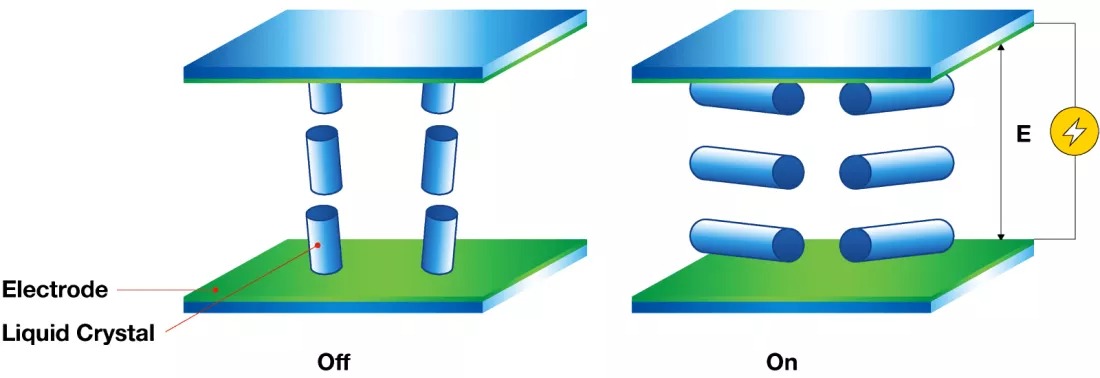When selecting a monitor, the type of panel is a key consideration as it directly affects the display quality and user experience. The three common panel types on the market are TN (Twisted Nematic), IPS (In-Plane Switching), and VA (Vertical Alignment). Each technology has its characteristics and is suitable for different usage scenarios and user needs. This article will detail the differences between these three panel technologies.
TN (Twisted Nematic) Panels
1、Principle:
TN panels are based on Liquid Crystal (LC) technology. In these displays, liquid crystal molecules are arranged between two pieces of glass and are twisted. When voltage is applied to these molecules, they realign, allowing different amounts of light to pass through. This twisted arrangement enables TN panels to change pixel states quickly, thus achieving fast response times.

2、Features:
Fast Response Time: The main advantage of TN panels is their very fast response time, typically around 1 millisecond, which is beneficial for applications requiring rapid dynamic images, such as video games.
High Refresh Rate: TN panels support higher refresh rates, which is particularly important for gamers.
Cost-Effective: Compared to IPS and VA panels, TN panels have lower production costs, making the associated displays more economical.
Color and Viewing Angle Limitations: The downside of TN panels is their poorer color performance and limited viewing angles, especially vertical angles.
IPS (In-Plane Switching) Panels
1、Principle:
IPS panel technology improves the arrangement of liquid crystal molecules. In IPS screens, the liquid crystal molecules rotate parallel to the glass plates under the influence of an electric field, improving viewing angles and color accuracy.

2、Features:
Improved Viewing Angles and Color Performance: IPS panels offer wider viewing angles and more accurate color representation, making them an ideal choice for professional image work and high-end monitors.
Uniform Backlight: IPS panels typically provide more uniform backlight distribution and consistent colors.
Slower Response Time: Although there have been improvements in recent years, the response time of IPS panels is usually slower than that of TN panels.
Price: Due to higher manufacturing costs, IPS panels are generally more expensive than TN panels.
VA (Vertical Alignment) Panels
1、Principle:
VA technology is also based on liquid crystal display technology. In VA panels, the liquid crystal molecules are aligned vertically to the glass plates when no voltage is applied, and they turn horizontally when voltage is applied. This arrangement offers higher contrast and deeper black levels.

2、Features:
High Contrast: The greatest advantage of VA panels is their high contrast, especially when displaying dark scenes.
Better Color Performance and Viewing Angles: Although not as good as IPS, VA panels generally surpass TN panels in terms of color and viewing angles.
Variable Response Times: The response time of VA panels falls between TN and IPS, with performance varying among different models.
Color Shift and Ghosting: VA panels may exhibit color shift and ghosting at certain angles and in fast-moving scenes.
The choice of panel type depends on individual needs and budget. If you are a gamer, especially one requiring fast response times, TN panels might be the best choice. If you care more about color accuracy and viewing angles, such as for professional graphic design or photography, IPS panels would be a better option. If you're looking for a balanced choice, hoping to get good color and contrast while not being overly concerned about extreme response times, VA panels might be the most suitable.
Each panel technology has its unique advantages and limitations. Understanding these differences will help you make a more informed choice that better suits your needs. As technology advances, these differences may gradually diminish, but as of now, these are the basic characteristics of the three mainstream panel technologies.
The 8 inch displays might be affected and delay for an accident.
New iPhone 13 Series will use On-Cell OLED Displays. And it that will be launched in the second half of this year will be exclusively supplied by Samsung Display (SDC)
This is the project management of how sinocrystal handle your customized project relate to displays.
Discover the key factors to consider when choosing an LCD display for your project, including size, resolution, interface, brightness, and customization options from a factory-direct manufacturer.
Discover the latest innovations in rugged LCD displays for harsh environments — from extreme temperature resistance to sunlight readability and waterproof designs. Factory-direct manufacturing with full customization.
A complete guide to LCD display connection methods, including SPI, I2C, RGB, MIPI, LVDS interfaces and physical mounting options. Learn how to connect monochrome and TFT LCDs to your development board or product housing.
This week, we had the pleasure of hosting an esteemed international client at our LCD display manufacturing facility in Dongguan. Guided by our team, the client visited key production areas such as the fully automated COG bonding line, backlight assembly area, full lamination workshop, and final product aging test section. They highly appreciated our production capacity, strict quality control, and engineering expertise. This visit strengthened mutual trust and set the stage for future collabora